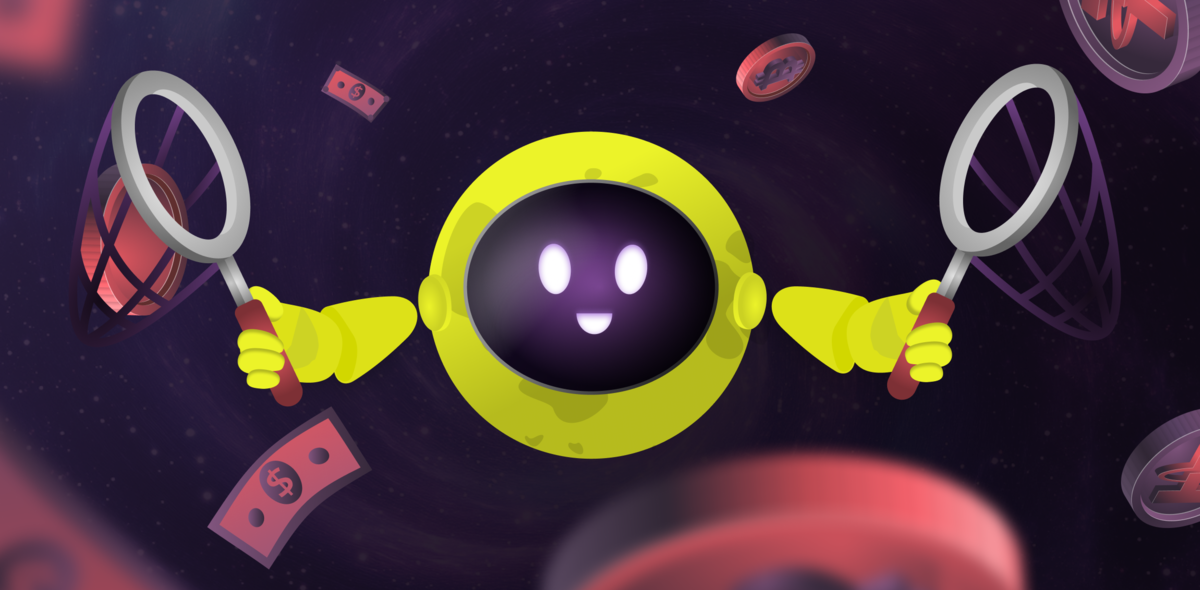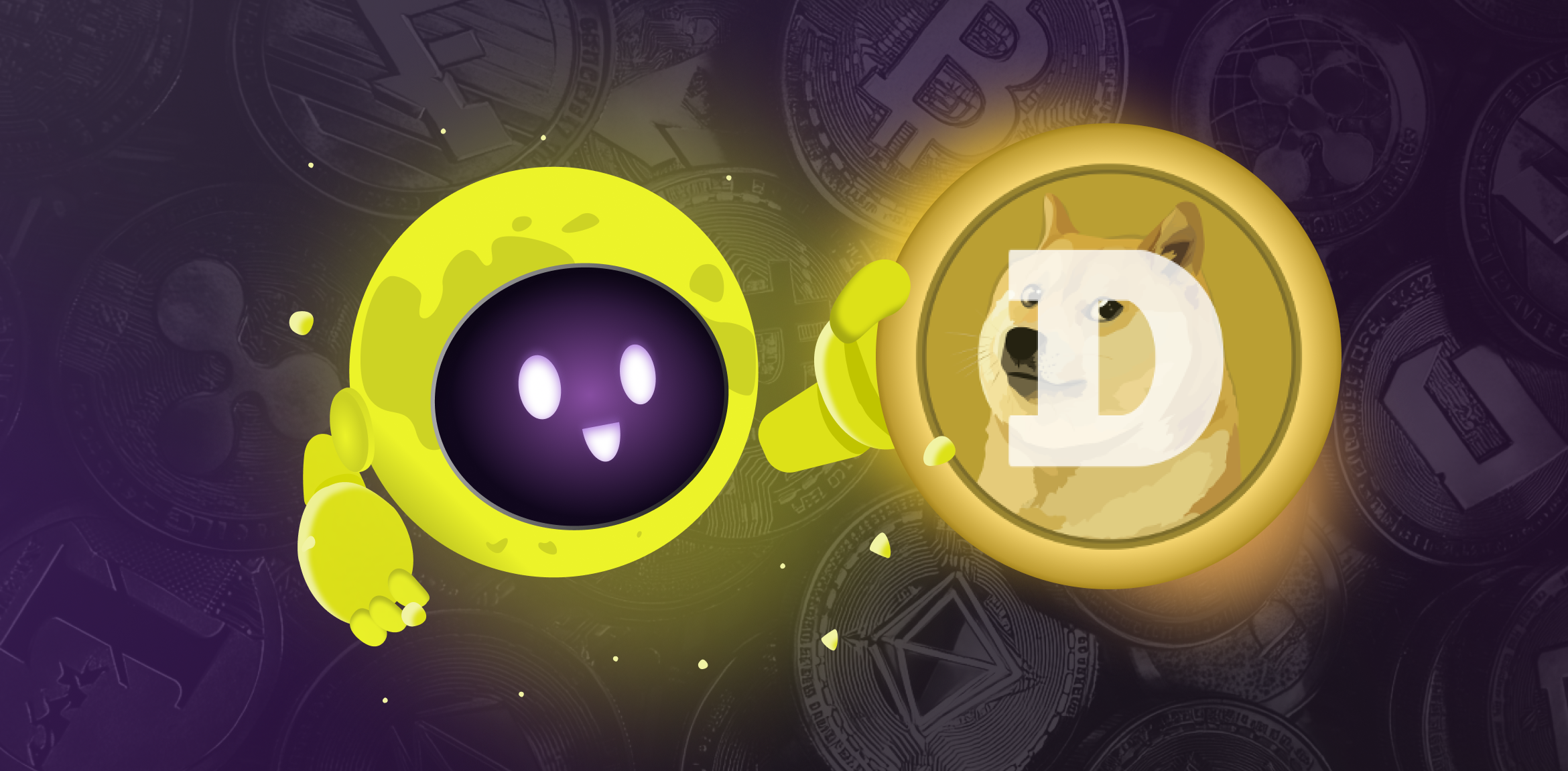
What Is USDC?
USDC is a token issued by Circle, a well-known cryptocurrency company. It is one of the largest stablecoins, and it is supposed to be pegged to the dollar in 1:1 ratio. USDC’s main goal is to facilitate easy and cheap cross-border payments for individuals and businesses.
The idea behind USDC is that it should always be worth one USD. This means that if you hold 100 USDC, then you should be able to redeem those 100 USDC for $100 worth of US dollars at any time. You could also use your USDC as collateral for loans in order to receive more money than you put down as collateral.
What Does ‘To Depeg’ Mean?
Depegging means breaking from your peg, which in this case would mean breaking from the dollar peg with respect to USDC coin. While depegging, a coin loses its value. There may be a lot of reasons for such an event. First of all, a significant shift in demand can provoke depegging or any changes that occur with the collateral, such as inflation. The other set of reasons comes from the government regulations. Finally, technical problems may also cause sudden depegging.
The Events Leading to USDC Depeg
As we know, USDC is a stablecoin, which means that US dollar is a USDC peg. Around $3.3 billion of cash that backs USDC was stored in Silicon Valley Bank. The bank failure that happened not long ago caused a significant switch in USDC.
In a report released last Monday, the Federal Reserve Bank of San Francisco said Silicon Valley Bank failed because it had too much debt and not enough capital.
The bank's failure "provides a window into the risks that could cause more widespread distress in the banking system," the report said. The Fed report also noted that Silicon Valley Bank's "losses were driven by an increase in risk-weighted assets" — which means it had loans that were risky for banks to hold on their books.
These findings come after months of uncertainty about what happened at Silicon Valley Bank and how it will affect USDC, which is operated by SVB Financial Group. In September, the Federal Deposit Insurance Corp. said USDC was "significantly undercapitalized" and ordered SVB Financial Group to raise $1 billion or face losing its license as a bank holding company.
SVB Financial Group has since raised $500 million through preferred stock offerings and is working to raise another $500 million by December 31st, according to people familiar with the matter who asked not to be named because they aren't authorized to speak publicly about the matter.
The Fed report also found that Silicon Valley Bank had been engaging in risky lending practices before its failure.
The Impact of the Banks' Collapse on USDC
Reserve assets are crucial for any stablecoins issuer. A sufficient amount of cash guarantees the stability of a coin and its peg to a collateral. In case a crypto-friendly bank is going through a hard time and, thus, cannot provide the demanded support, it leads to a depeg of the stablecoin.
The USDC depeg is a process where the issuer (Circle) delays redemption of the USDC for USD. This causes the token price to decline below the $1 peg, making it less attractive for use in exchanges, payments and other applications that require a stablecoin.
The delay in redemption allows Circle to generate profits from arbitrage between their own internal accounting system and market prices on exchanges. Circle has stated that this delay is intended to allow for the company to make a profit off of arbitrage between the price at which they receive cryptocurrency on their own internal books and the price at which they can sell those same coins on exchanges. This process allows them to generate additional revenue while still adhering to regulations against market manipulation.
USDC reserves are split into several parts. According to the official website 77% is collateralized with the US Treasury Bills, 23% is held in cash in several banks: Silicon Valley Bank, Customers Bank, and Signature Bank. It was announced that the USDC team initiated fund transfers from the SVB on Thursday. However, they faced a delay, which means that about $3.3 billion is still blocked.
Analysis of the Potential Consequences
Medium-Term Implications
The depeg could cause a flash crash in the price of USDC. This is because there's no real way to hedge against this type of event, so many traders will likely try to sell their assets before they lose money on them. This will cause a lot of selling pressure that could push the price down significantly.
There's also some risk that this event could trigger a chain reaction where other stablecoins start to depeg as well. However, this probably won't happen because there are already several other stablecoins competing with USDC and most exchanges don't list all of them at once anyway — so if one falls out of favor it shouldn't be too difficult for investors to find somewhere else to put their money instead.
Long-Term Implications
The longer term implications are more interesting because they're harder to predict with any certainty at this point in time. One possibility is that USDC becomes unbacked by USD and eventually goes out of circulation altogether — this would mean that USDC is no longer a stablecoin. If this happens, it would be a huge blow to the stablecoin industry and could potentially lead to more regulation of these assets. Another possibility is that USDC remains backed by USD but continues to lose value relative to USD — in this case, it wouldn't be considered a stablecoin anymore (since its price fluctuates).
Conclusion
Even though stablecoins are considered to be protected from a lot of risks of the crypto market, they still have vulnerabilities. The crypto market, and stablecoins in particular, are still quite young. Thus, not all mechanisms there are working accurately. One of the main risks is that stablecoins may be affected by the same factors that affect all other cryptocurrencies. For example, if there’s a drop in demand for crypto assets and less people want to exchange them for fiat currencies, then this will also affect stablecoins.
What happened with USDC is a good reminder to check all information twice before making an investment, and never forget about the due diligence.




